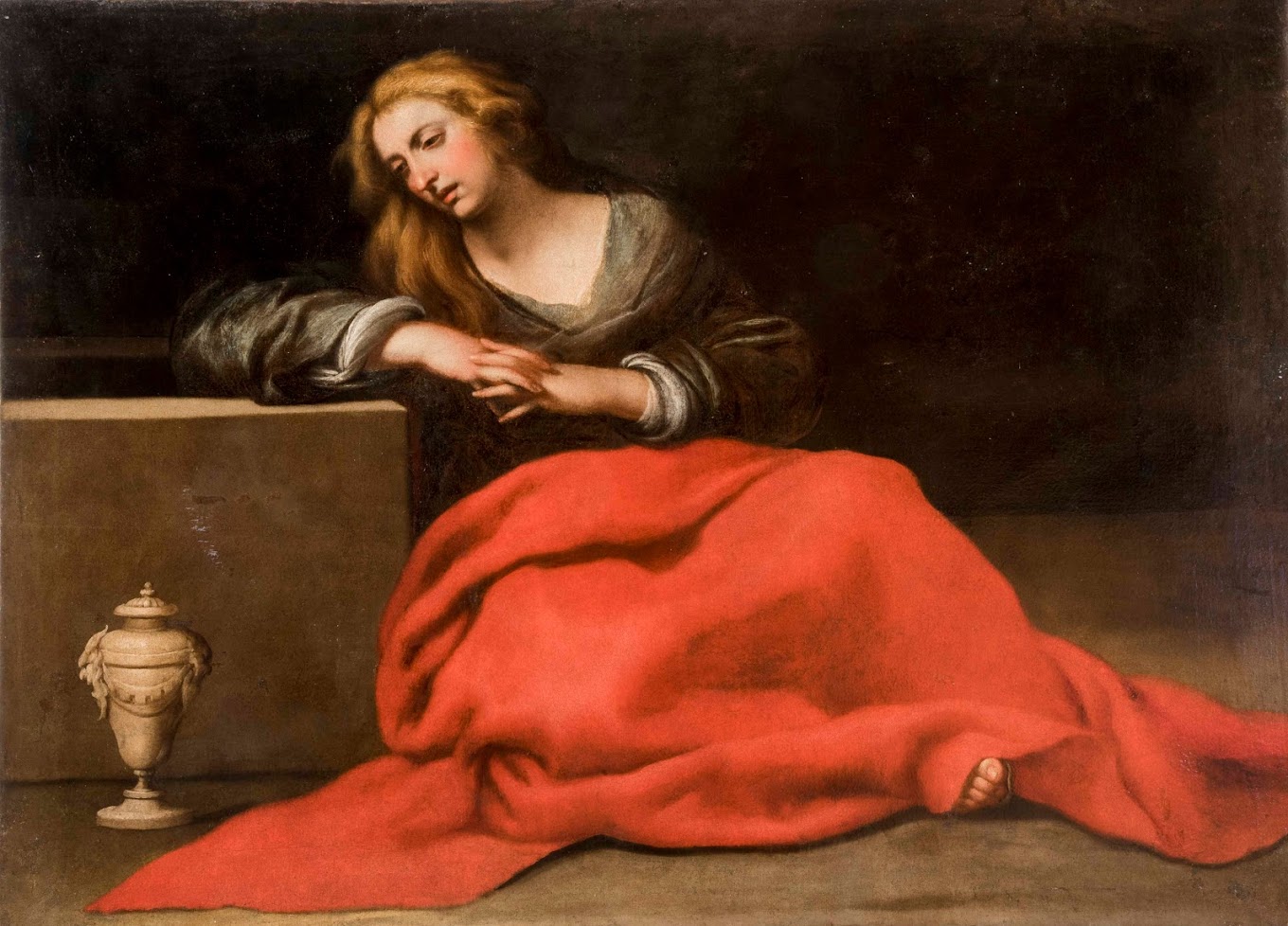
Cesare Fracanzano was born on October 16, 1605 in Bisceglie, in the province of Bari, to Alessandro, a painter, and Elisabetta Milazzo. His father, Alessandro, originally from Verona, had an artistic career that deeply influenced the young Cesare. Historical documentation dates back to 1605, when he painted the lost painting of Saint Augustine for the church dedicated to him in Trani, a work that still reflects the influences of late Roman Mannerism.
After 1605, Fracanzano's career developed through several works, including the Assumption in the sacristy of the cathedral of Monopoli and the Saint Anthony in the church of San Francesco, dated 1612. His art, in the second and third decades of the seventeenth century, showed an evolution thanks to the influence of Palma the Younger, culminating in significant works such as the Pietà of San Pietro Caveoso in Matera.
In 1626, Fracanzano moved to Barletta, where he married Beatrice Covelli. Three years later, in 1629, he was in Naples, where he trained under Jusepe de Ribera, a master of naturalism. Returning to Barletta in 1633, he continued to receive commissions, such as a Saint Monica for the church of Sant’Agostino.
His art was distinguished by the fusion of Baroque elements and Caravaggio influences. During his career, Fracanzano received numerous commissions from religious orders, including a Saint Francis Xavier for the church of Gesù Vecchio in Naples, which became a model replicated in other churches in Puglia.
During the Masaniello revolt in 1647, Fracanzano joined the Compagnia della Morte and was forced to flee abroad for fear of reprisals. However, he soon returned to Barletta, where he continued to work and strengthen his artistic presence in local churches.
His artistic activity intensified in his last years, with projects for churches such as Sant’Antonio and Santa Maria di Nazareth. Fracanzano died in Barletta between the end of 1651 and November 1652. After his death, some significant paintings were sold, including works for the local nobility and for the Carducci Artemisio family.


















Leave a comment